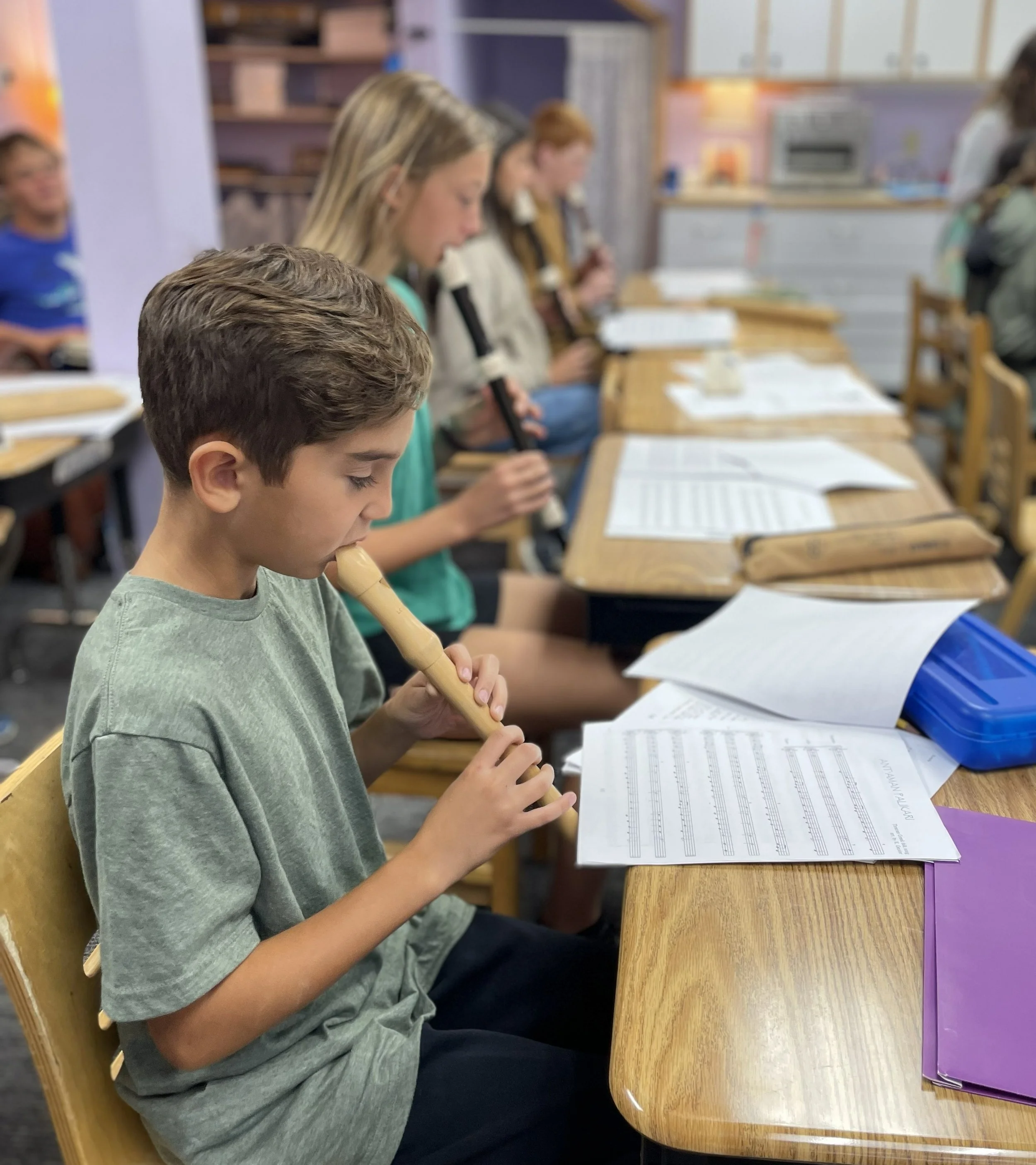In an age when most students can type faster than they can write, it’s easy to wonder whether learning handwriting and cursive is still relevant. Yet a growing body of neuroscience suggests these “old-fashioned” skills are anything but obsolete. Writing by hand activates neurons and varying areas of the brain in ways that typing simply does not.
Remember the recorder? It's that small plastic instrument — looks kind of like a flute or clarinet — that's often the first instrument children learn to play in school. Or, at least, they used to.
A recent report found that the number of kids learning the recorder has declined over the years in schools in the United Kingdom. Teachers in the U.S. say the instrument's popularity has declined here, too, due to COVID-era restrictions and the rise of popular alternatives like the ukulele.
Join the Sandpoint Waldorf School in celebrating the 2025 Annual Giving campaign!
For over a century, educators and researchers alike have recognized that the arts are more than enrichment, they are essential to learning. From music and drama to drawing and storytelling, artistic expression strengthens academic achievement, fosters creativity, enhances memory, and builds social-emotional skills. While many schools still debate whether the arts are optional, the research consistently demonstrates that they are central to student growth and success.





